
Sound



 Sound Intensity
Sound Intensity |

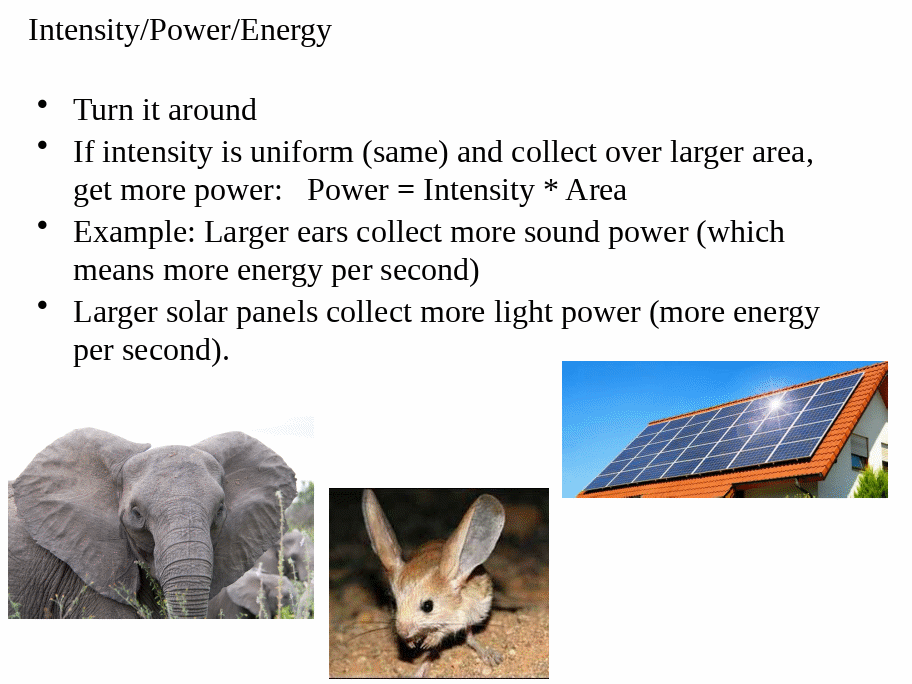 P = E/t with units: Watts [W]
 Intensity = Power per unit area Intensity = Power per unit area
I = P/Aunits: W/m2
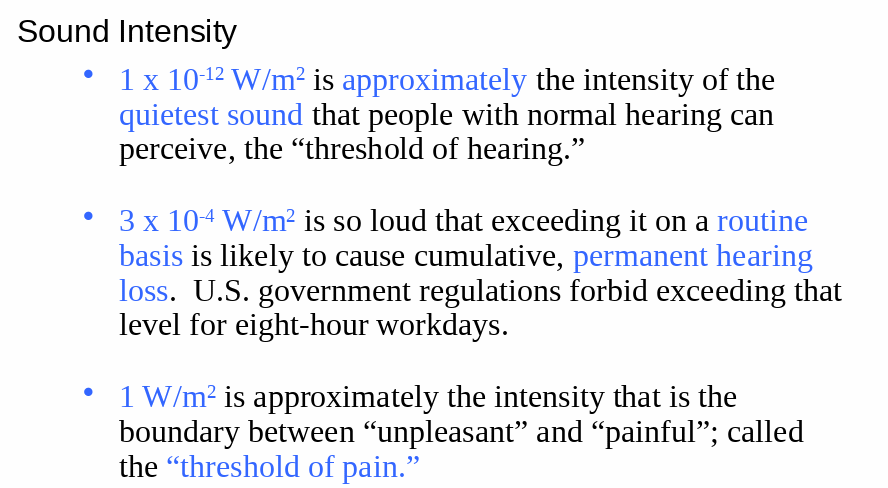 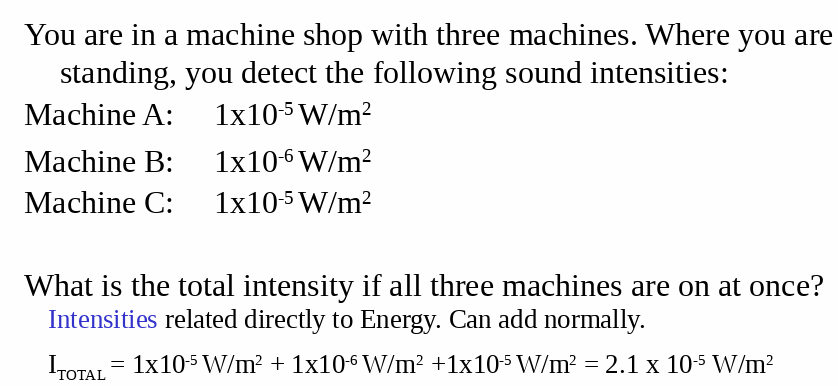
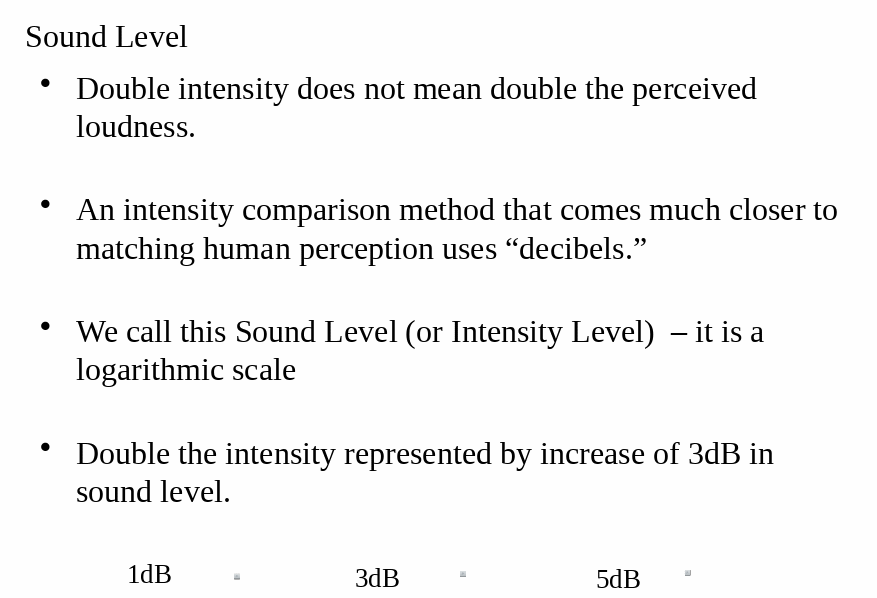
These are 12 orders of magnitude!
Inconvenient for drawing into a diagram.
ScalesThere are 2 different scales: 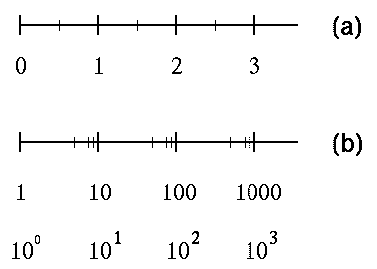
 (a) linear scale: (a) linear scale:
 (b)
logarithmic scale: (b)
logarithmic scale:
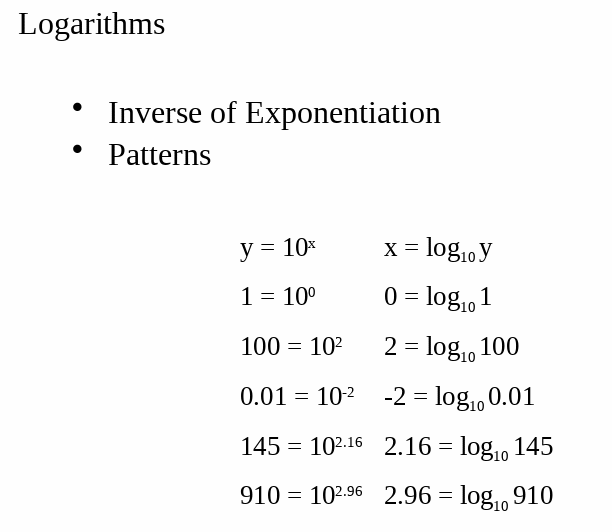
with I0 = 10-12 W/m2
[dB] decibel
selected values for the sound intensity level:
This scale is NON LINEAR.
On a logarithmic scale, the markings correspond
to equal steps in powers.
The decibel scale of sound intensity levels with sounds
from various sources is given in this
table .
About 1% of the people in the United States can hear sound below
the levels of the lower curve. Perhaps 50% can hear below the
dashed curve. The shaded region corresponds to the levels of normal
music.
|
Ch. Elster